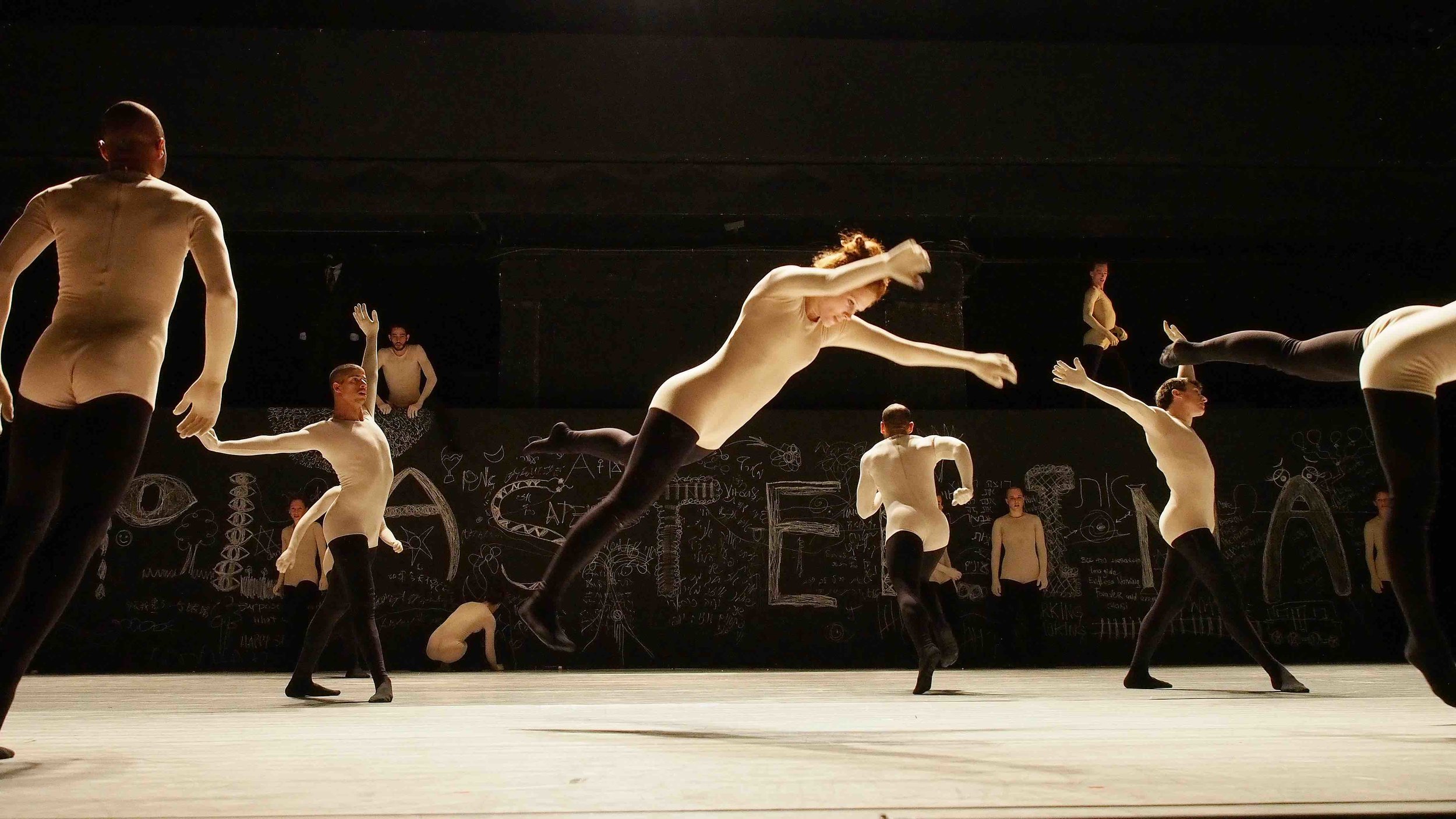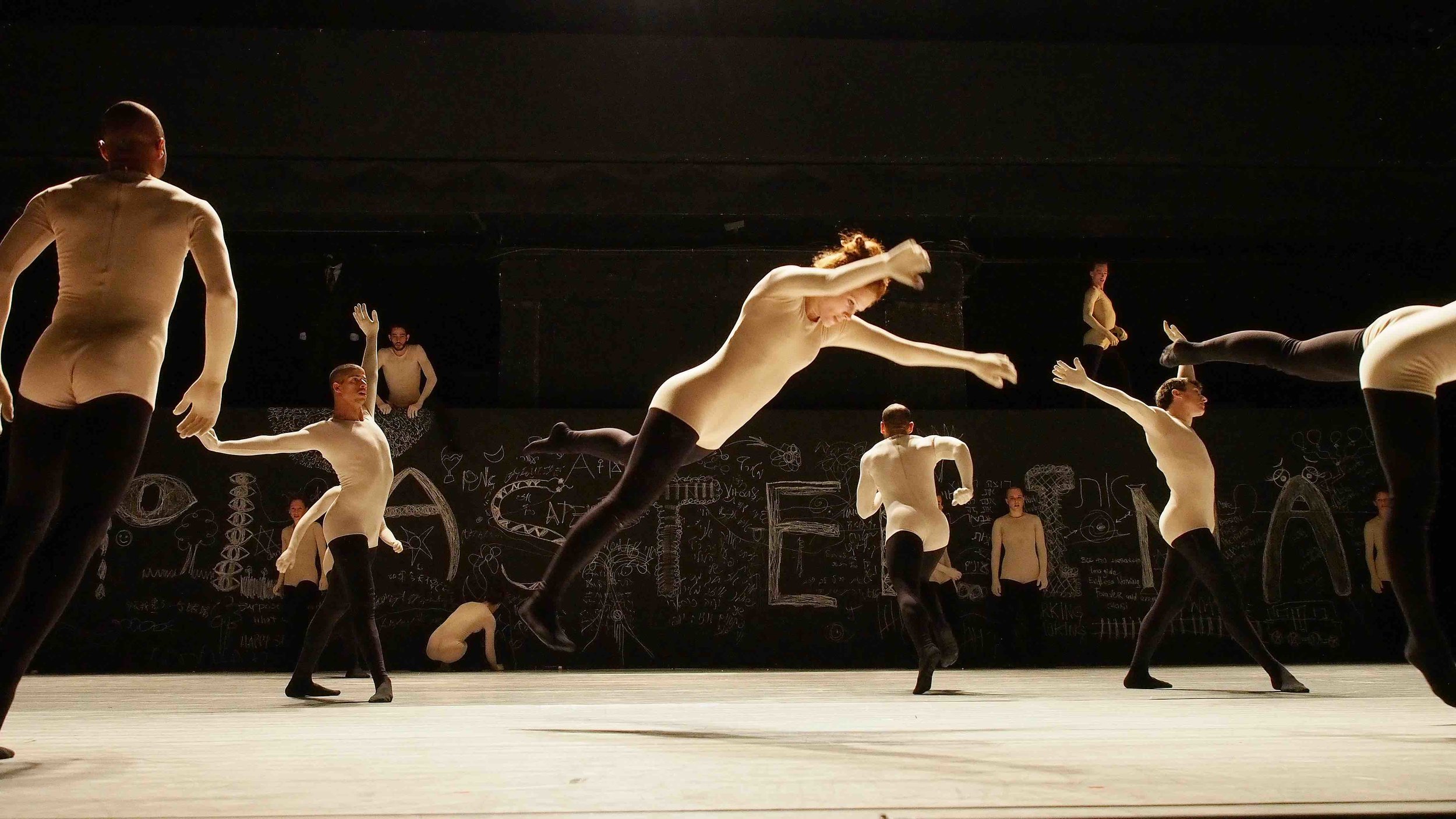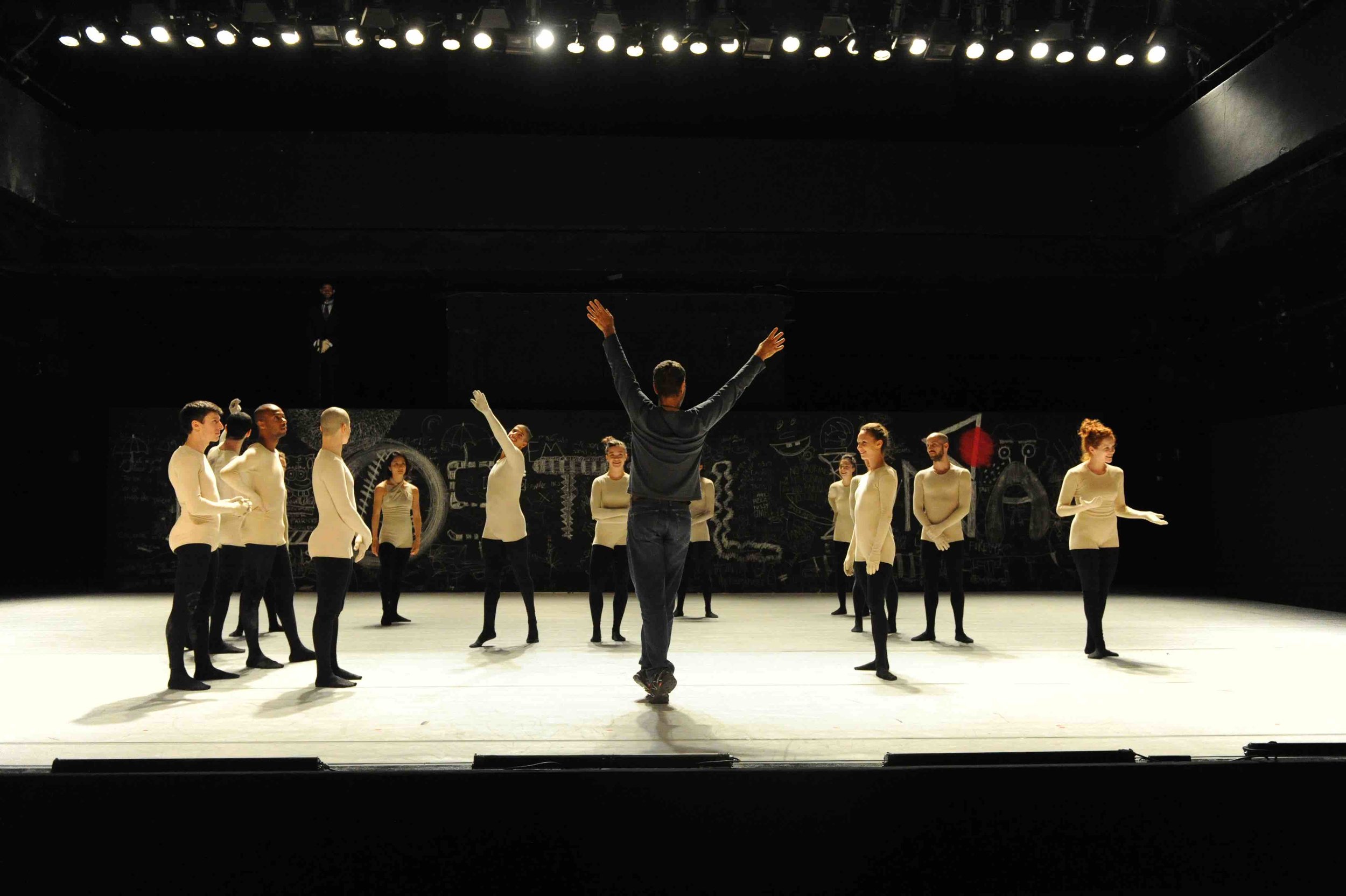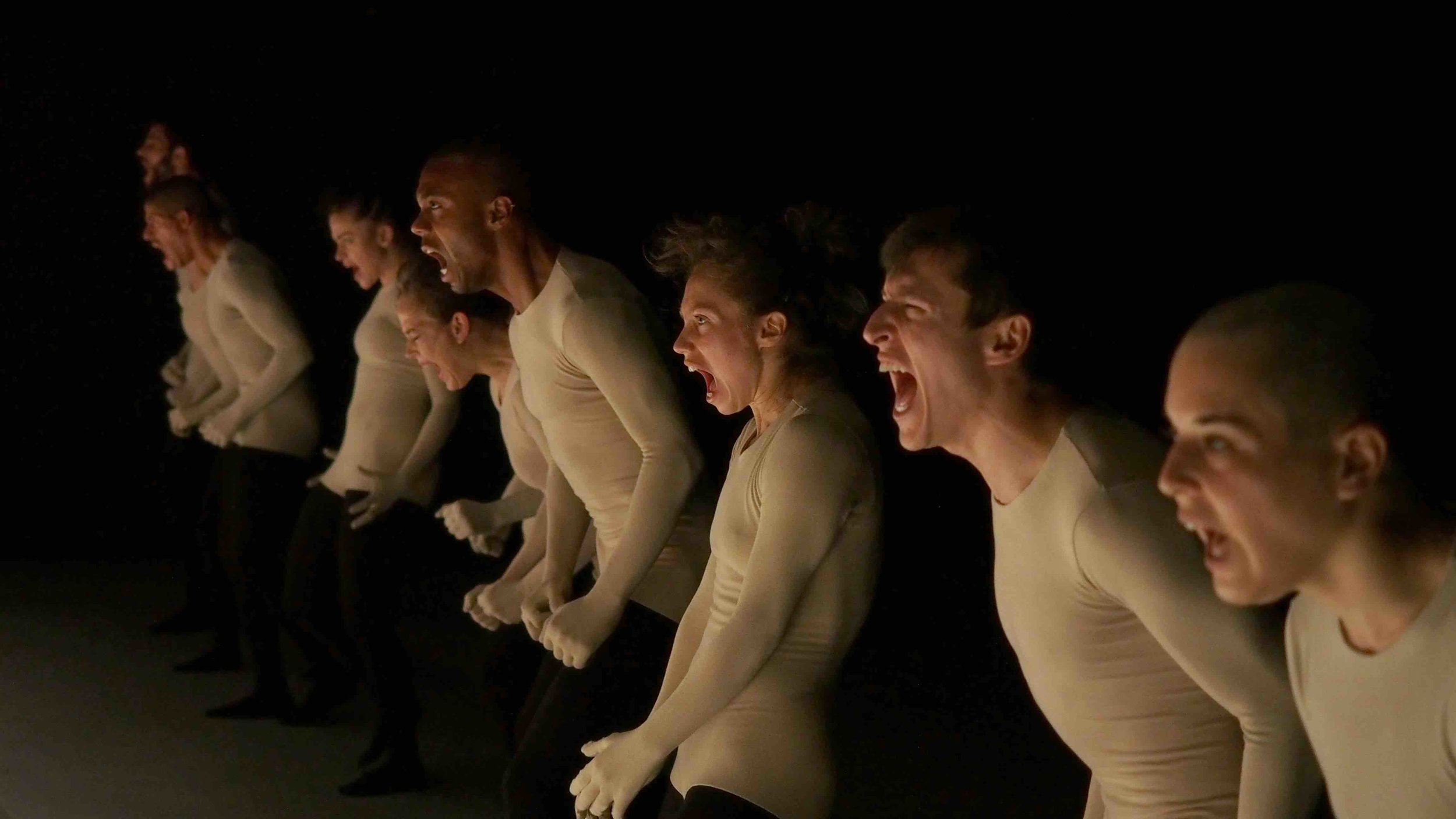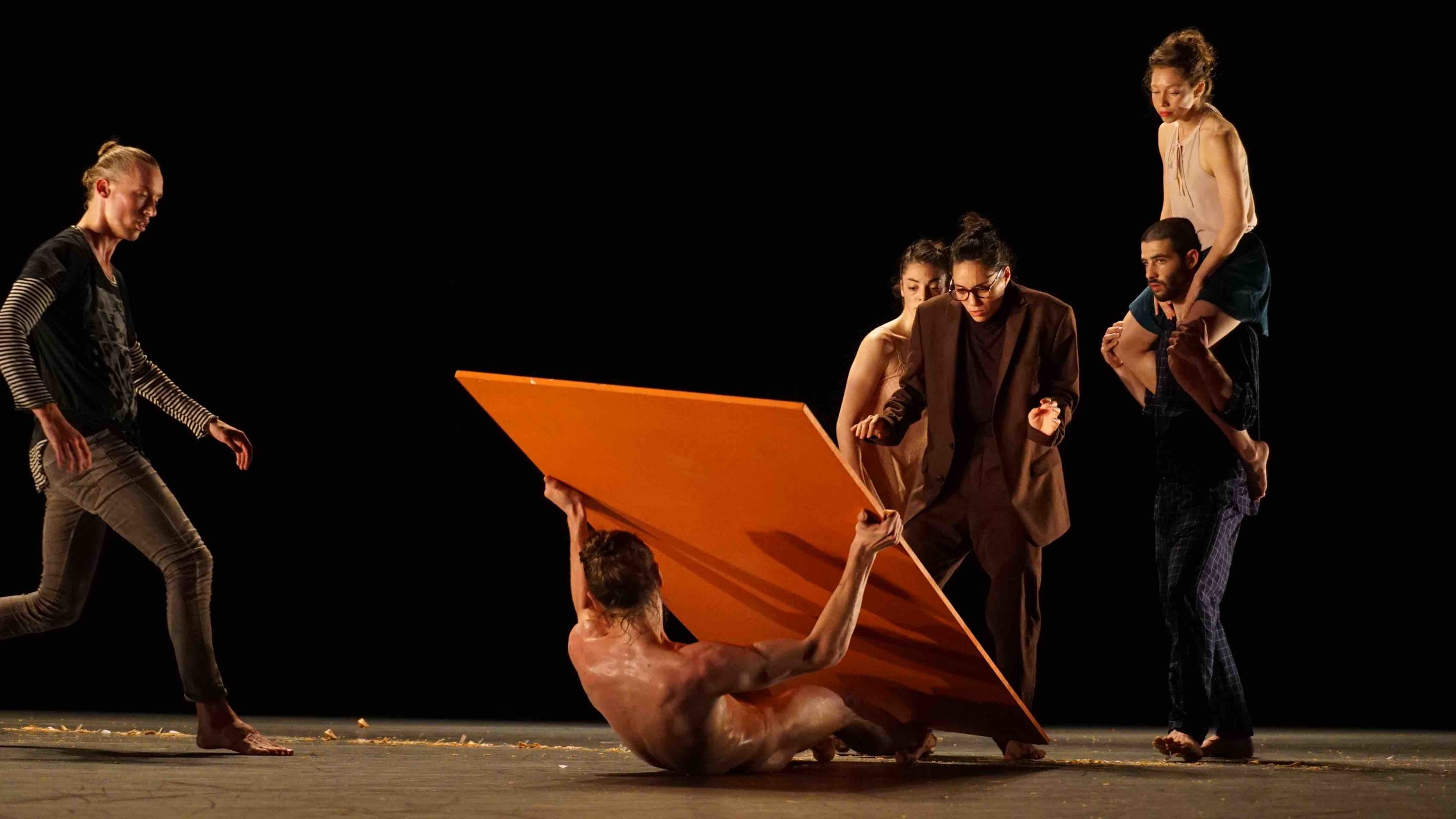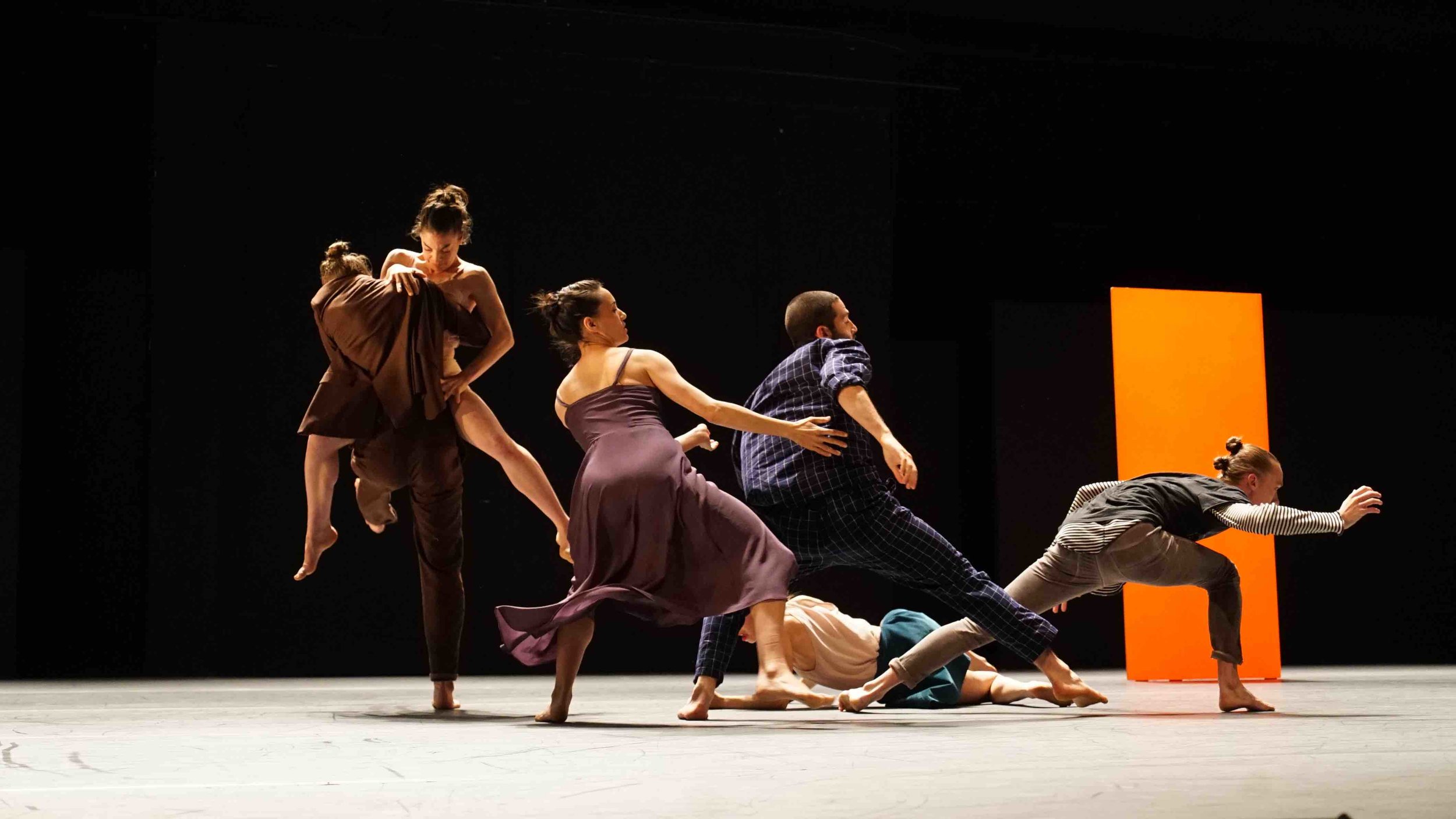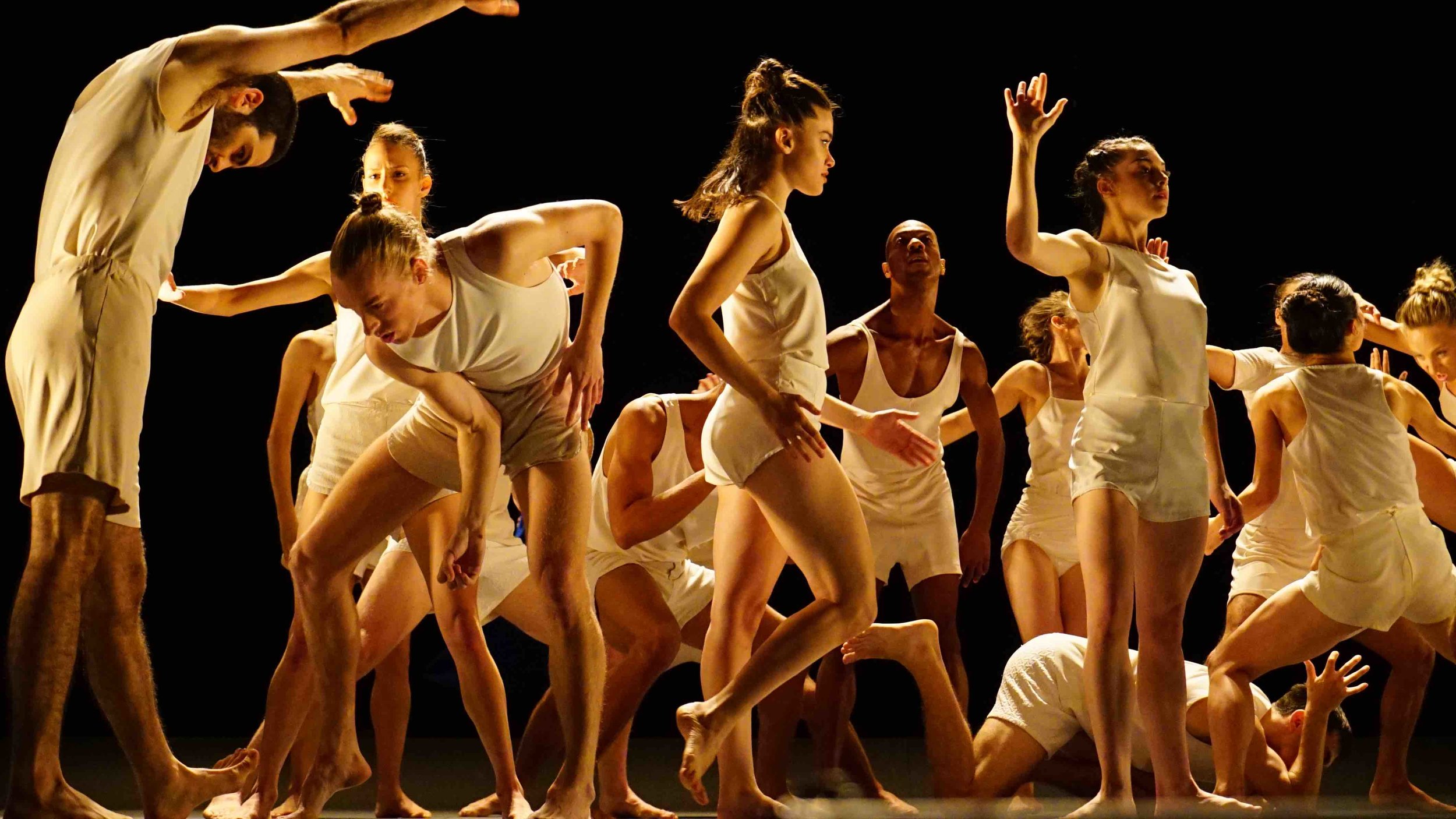The Batsheva Dance Company performing Ohad Naharin's "Last Work", "Virus" and "Yag" . Photos by Gadi Dagon, courtesy Batsheva Dance Company
The Batsheva Dance Company was founded in 1964 by Batsheva de Rothschild and the revered American dancer Martha Graham, whose brilliant innovations in choreography set the tone for the troupe’s fearlessly experimental work. Today, Batsheva performs around the world, but the company’s home is in the Suzanne Dellal Centre for Dance and Theater in Tel Aviv. If you are lucky enough to be in the city during their performance season, you may have the opportunity to experience a truly electrifying production. As Mikhail Baryshnikov says of Batsheva: “This group . . . my jaw is on the floor. I never saw the combination of that kind of beauty and energy and technique.”
“It’s what we share, what we have in common, that is very important to encourage and to develop.”
Ohad Naharin, artistic director of Batsheva, has the ageless presence of a lifelong mover. Although his mother was a dance teacher, Naharin did not begin dancing himself until the age of twenty-two (ancient in dance years). He joined the Batsheva company and within a year was recruited by Martha Graham for her troupe in New York. Naharin remained in the United States for more than a decade, returning to Israel in 1991 when he was invited to become Batsheva’s director.
Naharin’s name is often associated with an approach to dance called “Gaga.” Naharin refers to it as a “movement language”: it’s not a dance technique but a “toolbox”; not something he invented, but something that was discovered. “It was there,” he says, “like the North Pole was there before someone discovered it.” The term (coined long before the appearance of Lady Gaga, he points out) stems from a kind of primal utterance or gibberish—baby talk—in keeping with the Gaga tenet of letting go, not thinking too much. Is it a philosophy, or a movement technique, or a larger approach to life? His response:
All of the above. It has a lot to do with the way I reflect about dance, which I am trying to share with other people. Also with the belief that it’s not about how different we are from each other—I take that for granted. But it’s what we share, what we have in common, that is very important to encourage and to develop. . . .
Gaga is a very particular toolbox that we’re building that has to do with the sense of discovery. It’s a lot about giving dancers and people keys to open up something that exists in them. That’s the beauty of it. This action of opening something is very quick. You can have amazing results if you have the right key. . . . That’s something that happens a lot in Gaga, people with those keys.
The documentary film "In the mind of Ohad Naharin: Mr. Gaga" by Tomer Heymann, debuted this year inspiring viewers "to escape the gravity of the every day life," according to one reviewer.


